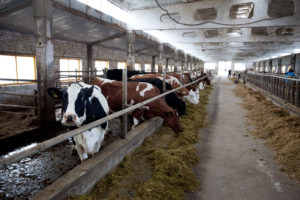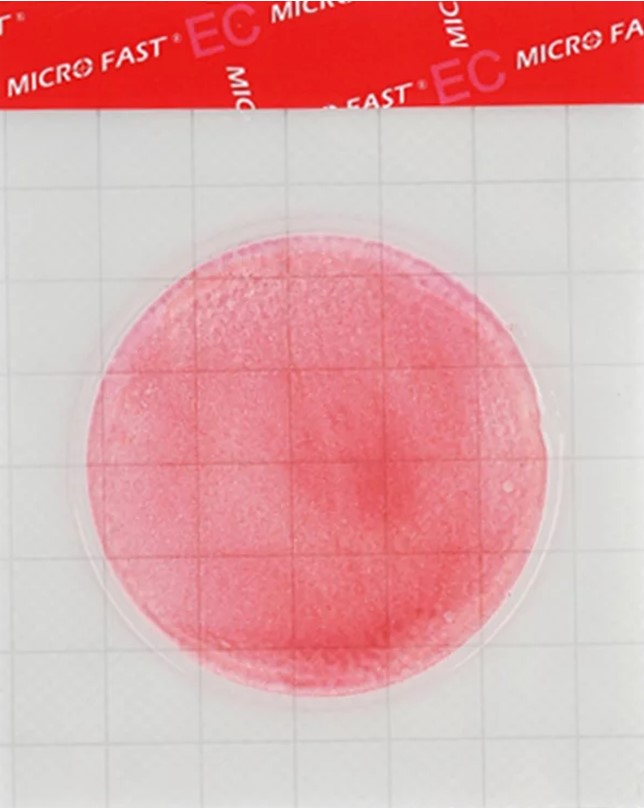Six billion rubles were invested in the Kaluga agro-industry in a year
Under the sanctions pressure, the region's agriculture ensured an increase in production.
In the Kaluga region in 2022, in the face of unprecedented sanctions pressure, agriculture ensured an increase in agricultural production - 5.8% for all categories of farms and 7% for agricultural organizations. This was reported on February 15 by a REX correspondent with reference to the Minister of Agriculture of the region Leonid Gromov.
According to him, in 2022 more cereals were grown by 32%, potatoes - by 6%, vegetables - by 8%. High profitability is provided by the production of rapeseed. Its yield increased by 87%. Gardeners improved their performance by 23%. Aquaculture is gaining momentum - the production of marketable fish has increased by 60%.
The minister emphasized the successes of livestock breeders. They milked 6% more MILK (490 thousand tons). The number of dairy herds in agricultural organizations increased by 8%. Milk per cow increased by 322 kg and reached 9067 kg, providing the highest productivity in the Central Federal District and second place in RUSSIA. However, the difficult epizootic situation affected MEAT production. The HEAD of the Kaluga agro-industrial complex expressed confidence that in 2023 the pig and poultry industries of the region will restore their previous production volumes.
“Large state subsidies are allocated for the further development of the industry - the return of agricultural land and the renewal of equipment. The investment portfolio of the Kaluga agricultural industry in 2022 increased by another six billion rubles and reached 124 billion rubles. These funds are used to build up, upgrade production capacities and increase the genetic potential of the breeding herd. The plans include the completion of the construction of a farm for 1,400 forage cows of Ulyanovsk Niva LLC, the construction of the second stage of the Russian Cheese LLC farm in the Kirovsky District and the APK Troitsky livestock complex in the Khvastovichi District, as well as the launch of a number of new projects of large and small rural businesses ", — said Leonid Gromov.
Read together with it:
- Meat production has increased in the Angara region, but milk yields are declining.However, despite the increase in MEAT production, MILK yield declined by 1.6%, and egg production fell by 2.9%. Agricultural organizations accounted for the bulk of production, accounting for 99.4% of poultry, approximately 90% of pork and eggs, and approximately a quarter of all milk. At the same time, animal productivity increased: the average milk yield per cow was 5,68......
- В России растет популярность дистанционного сельского хозяйства: участники получают свежие продукты с фермыФермеры также предлагают возможности инвестировать в рогатый скот, предоставляя возможность "купить" корову и получать до 25% годовых в виде натуральных продуктов — молока, сметаны, сыра и масла. Алексей Жаров, фермер из Калужской области, сообщил, что в его хозяйстве выращивается от 70 до 94 различных культур, и урожай делится между участниками. Некоторые семьи из города оформляют "продуктовую по...
- Совместные проекты и обмен опытом. В каких направлениях Беларусь и Казахстан готовы развивать сотрудничество в АПК23 октября, Минск. Беларусь готова делиться с Казахстаном опытом в аграрной сфере и заинтересована в дальнейшем расширении партнерства. Об этом заявил первый заместитель премьер-министра Беларуси Николай Снопков на первом Белорусско-казахстанском аграрном форуме, который прошел в Астане, сообщает БЕЛТА со ссылкой на пресс-службу правительства. "Беларусь действительно обладает значительным опытом, ...
- Increasing egg production of laying hens in Kabardino-Balkaria: successes and prospectsThe increase in chicken population has been a key factor in this growth. Currently, the total number of laying hens in the republic has reached 2.3 million, a 14% increase over last year. This demonstrates that local farmers are actively expanding their farms by implementing modern technologies and poultry care methods. The main reasons for increased egg production include: Improved feeding: Farme...
- Omsk Region has significantly increased poultry production.According to Omskstat, the manufacturing industry's production index was 103.4%. The largest growth was observed in the production of computers, electronics, and optical products (+89.2%). At the same time, some sectors, such as metallurgy and mining, showed declines: metallurgy decreased output by 12.5%, and mining by 17.3%. A deterioration was also observed in the energy sector, where production...





























































